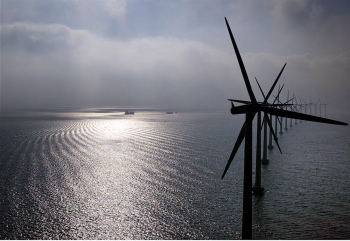
DNV Inspection, the independent assurance and risk management provider, expects aggressive growth in the low-carbon energy area following a run of contract wins in recent years, and the company is targeting numerous strategic hirings and partnerships to build on and accelerate its existing low-carbon activities.
By the end of the decade, the company is aiming to have low-carbon operations representing a large portion of its revenue stream as demand for established inspection services in new energies grows.
Having formally entered the low-carbon market – which includes carbon capture and storage, hydrogen, and ammonia projects – in 2021, the sector now makes up a third of DNV Inspection’s sales.
In order to build on this growth, DNV Inspection is now looking to increase its headcount with strategic hiring in four key areas: project management, technical expertise, sales management and recruiting/resourcing. It is also looking for strategic partners with low carbon expertise and digital technology.
Much of DNV Inspection’s growth since 2021 has been driven by wins in offshore wind, and the sector currently makes up half of the company’s business in the UK. There has also been strong traction in continental Europe and North Asia, and specifically in Spain and South Korea.
On the hydrogen front, DNV Inspection has recently won work in Saudia Arabia and Australia, and the company is also bidding aggressively on a number of CCS projects across the globe. This is further augmented by work in the transmission and distribution spaces.
In the offshore wind sector, and the low-carbon molecule space more generally, DNV sees rapid growth globally, but outside Europe these markets are yet to fully mature. This comes with a number of challenges, specifically around the complexity of projects and the fragmented nature of the fledgling supply chain.
DNV believes that in addition to its core competencies and the ongoing recruitment campaign, it will benefit critically by partnering with strategic external stakeholders to tackle the challenges ahead for the low-carbon markets.






